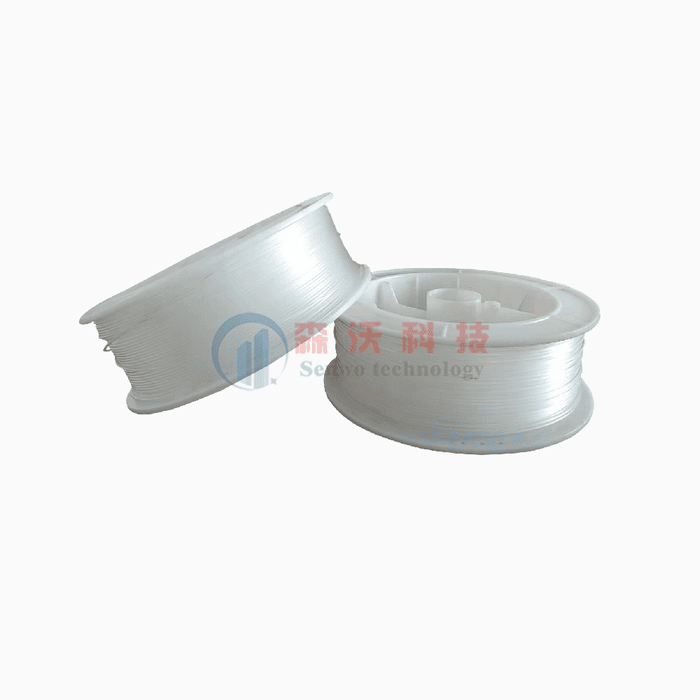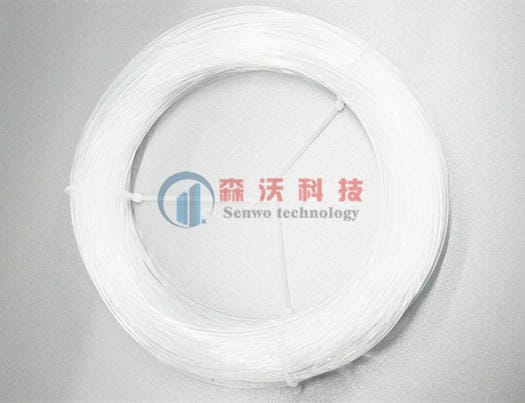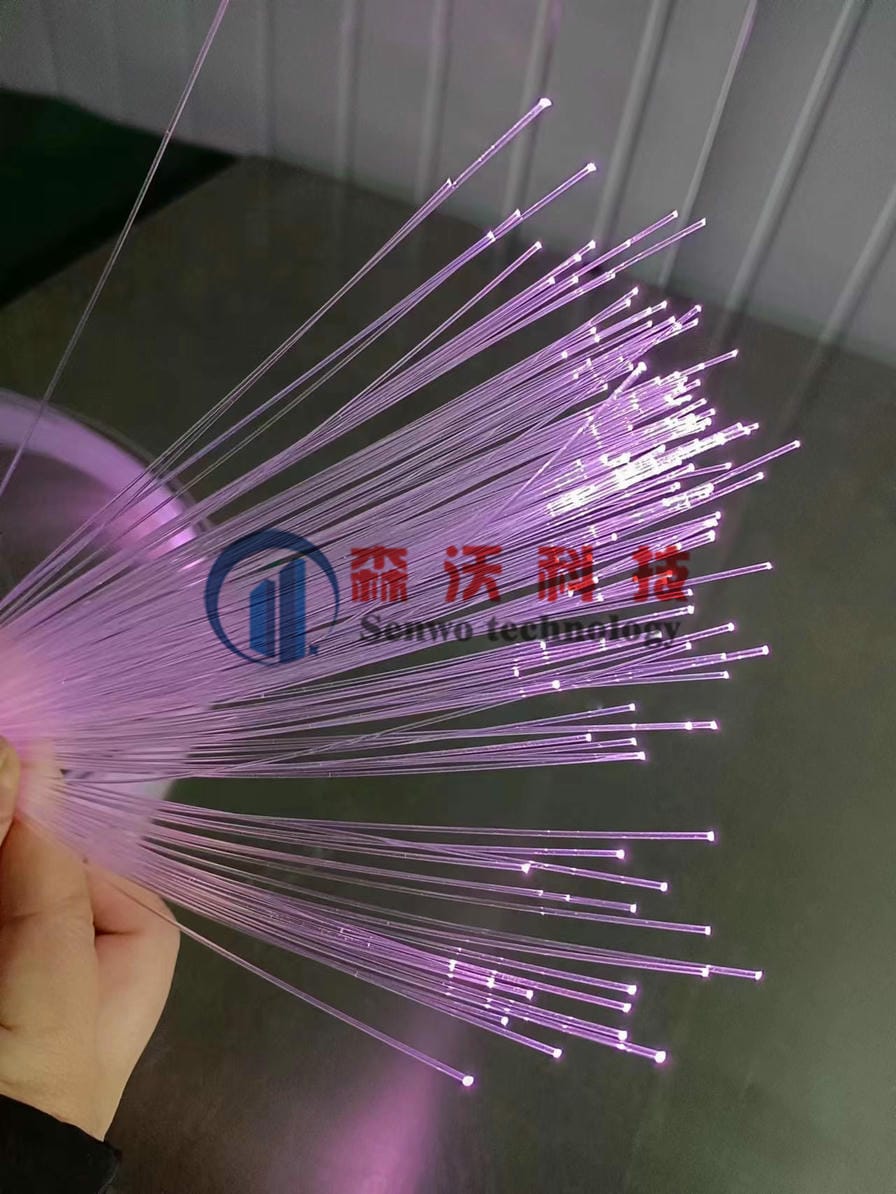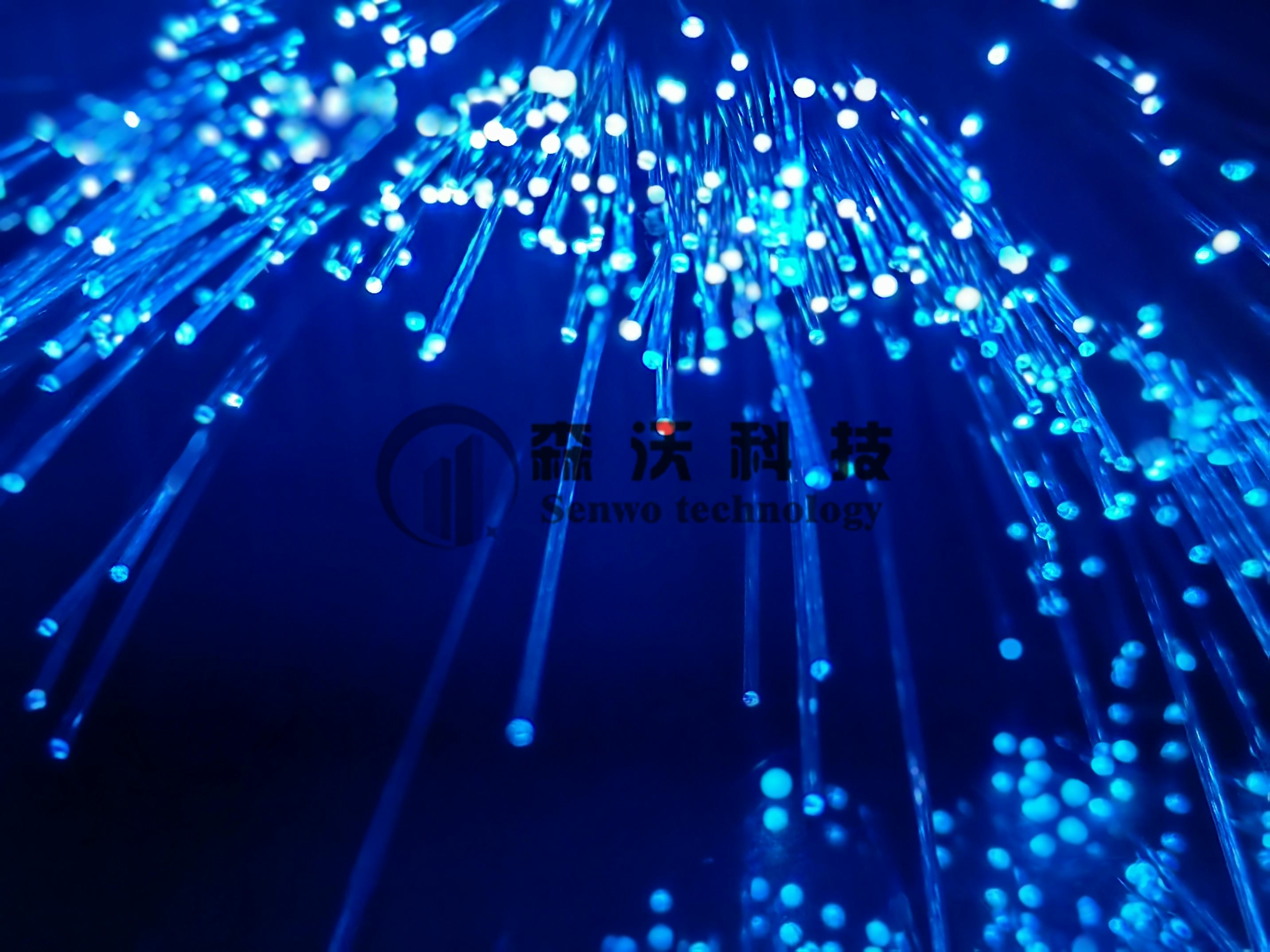As a lightweight, flexible and anti-interference optical communication medium, Plastic Optical Fiber (POF) has continuously broken through technical bottlenecks since its birth, and gradually moved from the laboratory to the industrial and consumer fields. By 2025, it will play an extremely critical role in short-distance communications and have a wider market development potential, especially in future scientific and technological reforms. .

The prototype of plastic optical fiber was born in the 1960s. The initial work focused on the core material-polymethyl methacrylate (PMMA). However, due to the insufficient purity of the material and the large transmission loss (more than 300dBkm), only short-distance transmission (more than ten meters to tens of meters) can be achieved, and the amount of data transmitted is also very small. At this stage, the application scope of this technology is limited to the scenes of microscopic inspection and interior decoration lighting, and its practical use is far from being developed. .
In the 1980s, Japanese companies such as Toray reduced the loss to 150dB/km by improving the material purification process, pushing plastic optical fiber into the field of industrial sensors for the first time.
In the 1990s, the automotive industry saw a demand for lightweight, anti-electromagnetic interference communications, and plastic optical fiber began to be used in in-vehicle entertainment systems, becoming an important milestone in its early commercialization.

Entering the 21st century, plastic optical fiber ushered in a key turning point:
The introduction of fluorinated polymers (such as CYTOP) further reduced the loss to below 150dB/km, extended the transmission distance to more than 500 meters, and supported gigabit rates.
Industrial control: Replace copper cables in factory automation to solve signal distortion problems caused by electromagnetic interference (such as Siemens PLC system);
Smart home: High-definition audio and video transmission without delay is achieved through HDMI-over-POF technology, becoming a new choice for home theater wiring;
Medical equipment: used for precision instruments such as endoscopes and laser therapy devices, with both flexibility and biocompatibility.
International organizations (such as TIA and ISO) formulate POF communication protocols to promote their compatibility with common interfaces such as Ethernet and USB, and reduce the deployment threshold.

In the past five years, plastic optical fiber has achieved three major leaps in technology and application:
Breakthrough in speed: In 2023, Japan's NTT Laboratory will achieve 50Gbps ultra-high-speed plastic optical fiber transmission, providing a low-cost solution for short-distance interconnection of data centers;
Intelligent upgrade: "intelligent optical fiber" with integrated photoelectric conversion chips has been launched, which can monitor temperature, stress and other parameters in real time, enabling the Industrial Internet of Things (IIoT);
Consumer electronics penetration: Apple, Sony and other manufacturers use plastic optical fiber for VR devices and wearable terminals, using its lightweight characteristics to improve user experience.

Smart City: POF networks deployed in underground pipe corridors and transportation hubs can monitor facility status in real time and reduce maintenance costs;
Autonomous Driving: As the backbone of the vehicle-mounted sensor network, its anti-vibration and anti-interference characteristics meet the needs of complex working conditions;
Green Energy: Replace metal cables in wind power and photovoltaic power stations to reduce the risk of lightning strikes and electromagnetic radiation pollution.
Ultra-low loss materials: Research and develop new polymers with a target loss of ≤1dB/km, challenging the performance limit of glass optical fiber;
Flexible Integration: Combined with flexible circuit boards, promote the miniaturization design of foldable screen mobile phones and wearable medical devices;
Environmentally friendly and recyclable: Develop bio-based POF materials to respond to the global "dual carbon" goal.
According to the latest report of market research institutions in 2025, the global plastic optical fiber market size will exceed US$3 billion, with a compound annual growth rate of 12%, of which automotive electronics and data center demand account for more than 60%.

After half a century of technological accumulation, plastic optical fiber has leapt from a marginalized communication medium to a core solution in the field of short-distance transmission. In the future, when advanced technologies such as 5G, artificial intelligence, the Internet of Things, and renewable energy are deeply integrated, it will bring more intelligent enjoyment to our lives. In future space exploration, it will also play a more important role. In the development concept of "optical fiber +", the future digital world will be gradually built. .
CopyRight © Senwo technology . All Rights Reserved TEL:+86-717-4828268 网站地图